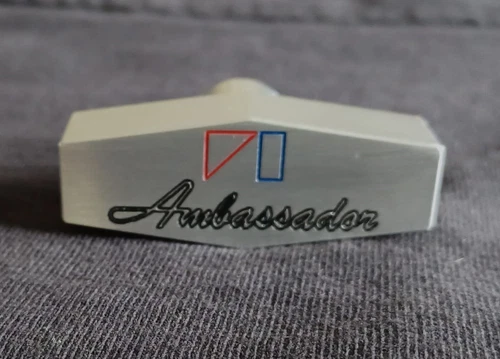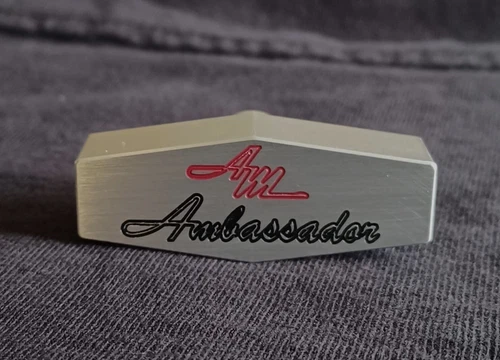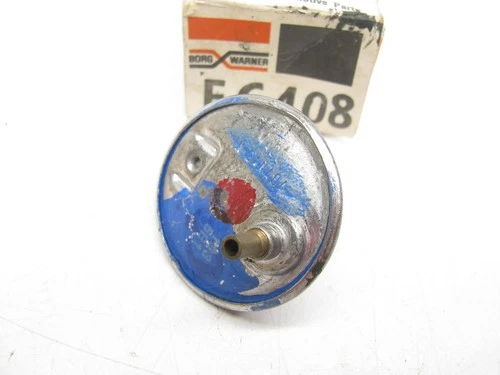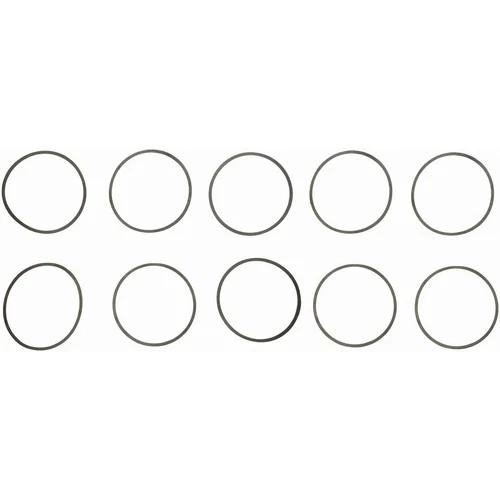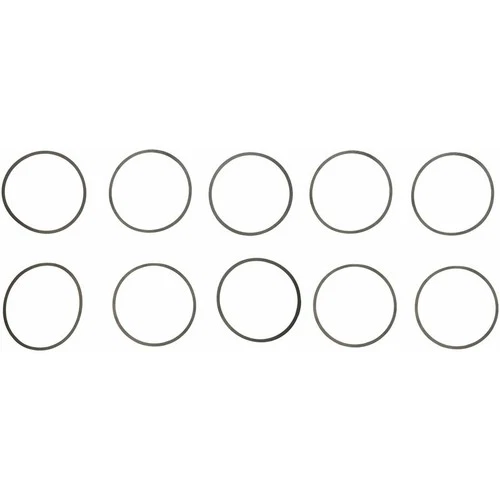AMC Ambassador Auto Parts
AMC Ambassador Auto Parts Guide - Essential Solutions for America's Premium Classic
The AMC Ambassador represented American Motors Corporation's flagship sedan from 1958 to 1974, showcasing premium engineering and distinctive styling that challenged Detroit's established luxury hierarchy. When sourcing auto parts for these distinguished classics, understanding Ambassador-specific engineering challenges and today's critical parts scarcity crisis is essential for successful restoration and preserving these rare examples of AMC's automotive excellence.
Ambassador restoration faces the automotive industry's most severe parts availability crisis, compounded by AMC's 1987 discontinuation and the model's relatively low production numbers. Critical structural components like quarter panels, fender assemblies, and door frames were never reproduced, forcing restorers into expensive custom fabrication costing $15,000+ for professional bodywork. The electrical systems present unique challenges: Ambassador-specific wiring harnesses, switch assemblies, and instrument clusters require specialized rebuilding services that few shops understand. Recent forum analysis reveals that basic maintenance items like window regulators, door handles, and weatherstripping now command premium prices when available, while interior trim pieces and dashboard components often require complete handcrafting.
Successful Ambassador restoration requires strategic parts acquisition and specialized knowledge of the limited supply ecosystem. Smart owners prioritize Ambassador structural components and Ambassador electrical components procurement before beginning restoration work, as these appreciate rapidly and become exponentially harder to find. The few remaining NOS dealers specializing in AMC parts have become lifelines for authentic components, while understanding AMC's parts interchange patterns—where later Eagle or Concord components might cross-reference with Ambassador applications—can save thousands in restoration costs. Joining dedicated Ambassador and AMC forums provides access to the underground parts network where rare components circulate among serious collectors.
Filter AMC Ambassador Parts
Other AMC Models
202 AMC Ambassador Auto Parts
Ambassador Engineering Excellence & Historical Significance
Ambassador Parts & Restoration Information
Critical Parts Identification Strategy
Ambassador restoration requires immediate identification and acquisition of critical structural and electrical components before beginning work. Pre-1964 control arm bushings, quarter panels, and electrical switches are completely unavailable from traditional suppliers. Establish relationships with AMC specialists and join Ambassador-specific forums for access to rare components.
Electrical System Restoration Planning
Ambassador electrical systems require specialized expertise due to unique wiring architecture and component designs. Moisture damage affects 90% of stored vehicles, requiring complete harness evaluation and component testing. Professional electrical restoration costs $8,000+ but is essential for reliable operation.
Body Panel Fabrication Requirements
Ambassador body restoration demands custom fabrication skills or professional metalwork services. Quarter panels, door frames, and floor sections were never reproduced, requiring hand-fabrication costing $12,000-15,000 professionally. Consider parts car acquisition for structural component harvesting before beginning restoration.
Mechanical Component Sourcing
Ambassador mechanical systems offer better parts availability through AMC interchange patterns. Engine components often cross-reference with other AMC models, while transmission parts may share Chrysler applications. Focus on Ambassador-specific items like bellhousings and motor mounts early in restoration planning.

